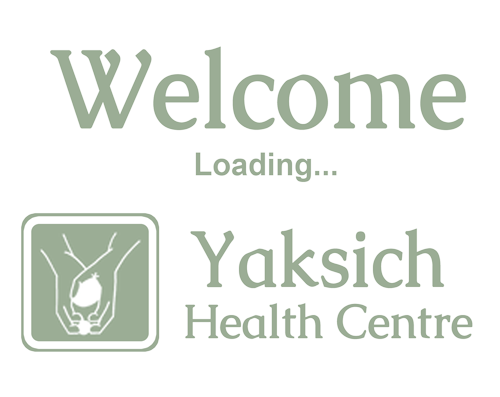Low Back Pain
Yaksich Health Centre
Low Back Pain
Yaksich Health Centre
Low back pain is a significant cause of pain and disability within our population with approximately 85% of the worlds population experiencing back pain at some point in their life. Of this 85%, 70% will have at least one disabling episode of low back pain throughout their life – but what causes these problems, and what can we do for it?
Causes
Yaksich Health Centre
There are many potential causes of low back pain, and the specific cause can vary depending on the individual. Some common causes of low back pain include:
- Mechanical problems with the bones, muscles, and joints in the low back, such as herniated disks, spinal stenosis, and osteoarthritis.
- Strains and sprains caused by sudden or improper movements, such as lifting a heavy object or twisting the spine.
- Poor posture, which can put unnecessary stress on the muscles and joints of the low back.
- Overuse, such as sitting for long periods of time or performing repetitive motions at work.
- Obesity, which can place extra strain on the low back.
- Stress and tension, which can cause muscles in the low back to tighten and spasm.
- Sedentary lifestyle with no regular physical activity.
- Injuries from sports and other physical activities.
YAKSICH HEALTH CENTRE

Treatment
Yaksich Health Centre
There are several treatment options for back pain, including:
- Physical therapy: exercises and stretches to strengthen the muscles in the back and improve flexibility.
- Chiropractic and osteopathic care: manual adjustments to the spine to improve alignment and reduce pain.
- Acupuncture: a traditional Chinese medicine technique in which thin needles are inserted into the skin at specific points on the body.
- Massage therapy: using hands-on techniques to manipulate the muscles and soft tissues of the back to relieve pain and tension.
- Hot and cold therapy: using heat and cold packs to relieve pain and reduce inflammation.
- Medications: over-the-counter pain relievers, such as ibuprofen and acetaminophen, can be effective for mild to moderate pain. Prescription medications, such as muscle relaxants and opiates, may be used for more severe pain.
- Injections: such as corticosteroids, that can be used to reduce inflammation and pain in the affected area.
- Surgery: In some cases, surgery may be necessary to treat certain conditions that can cause back pain, such as a herniated disk or spinal stenosis.
Contact Us
Reach out today, to learn how we can help you, live a pain free life.

